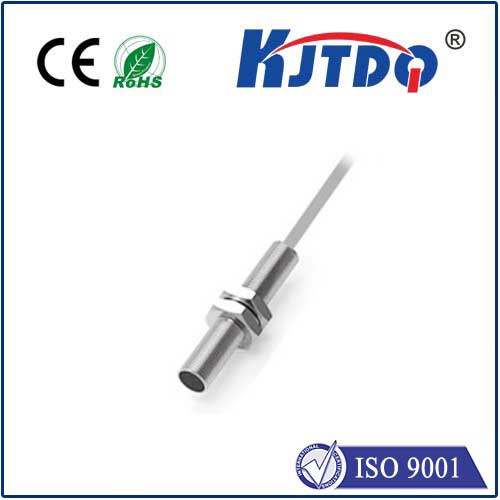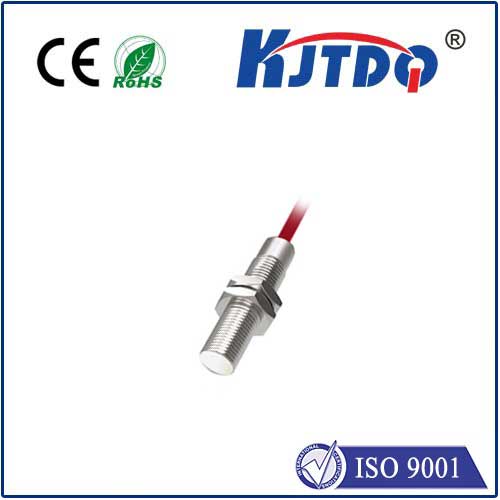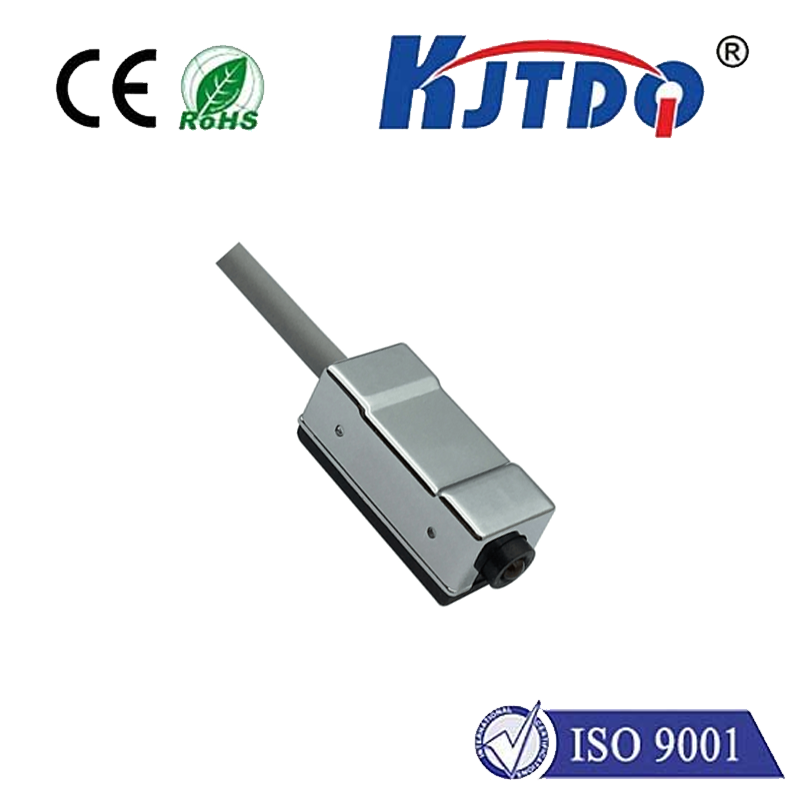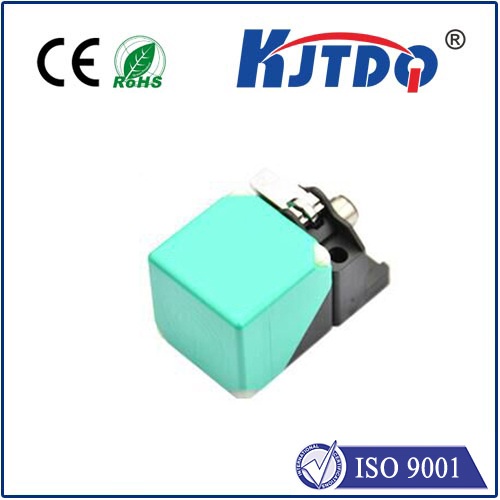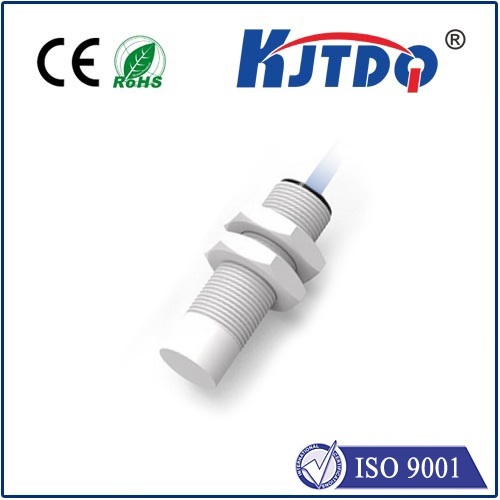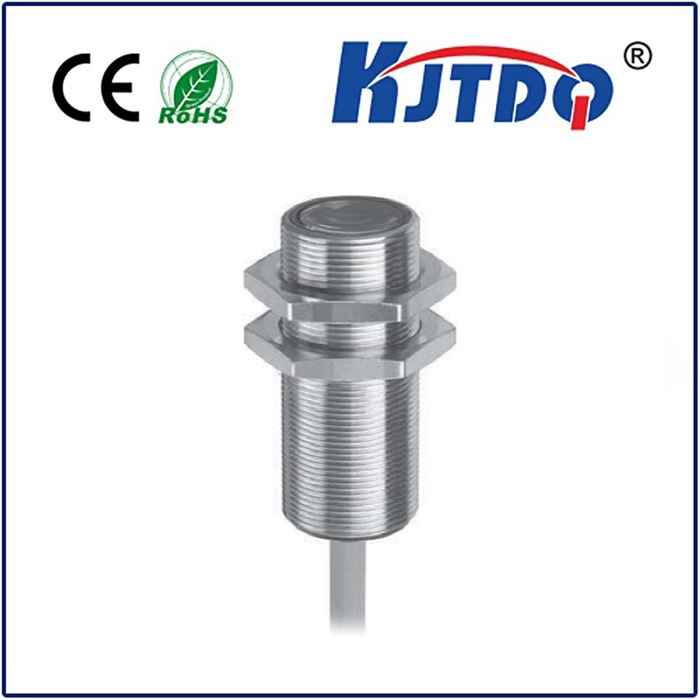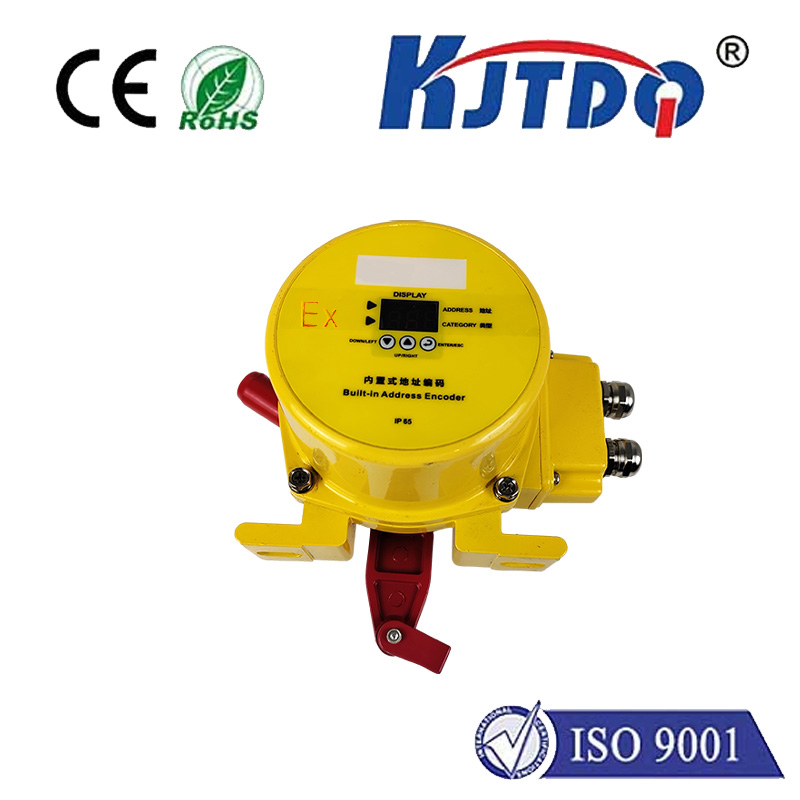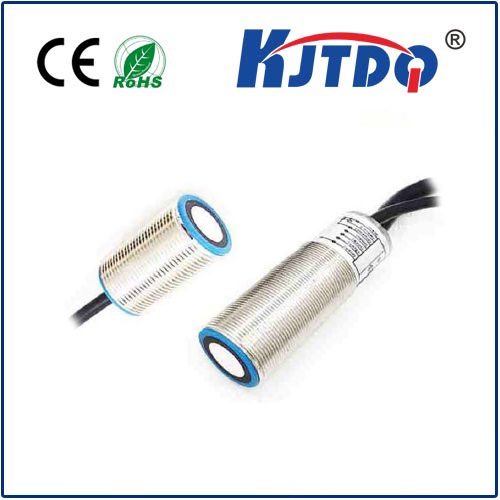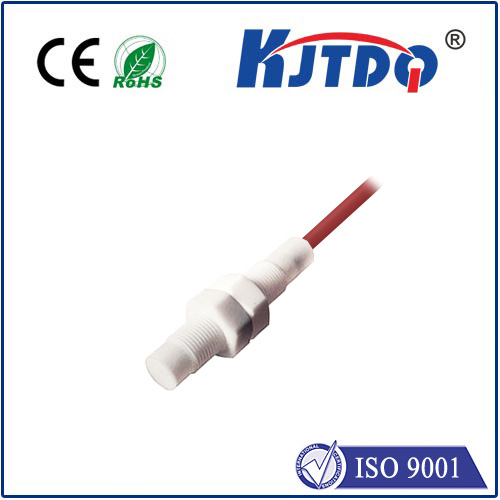Фотоэлектрический датчик напряжением 120 вольт
- time:2025-07-23 15:22:16
- Нажмите:0
Powering Industrial Reliability: The Essential Guide to 120 Volt Photoelectric Sensors
In the demanding world of industrial automation, where machinery pounds, environments challenge, and uptime is paramount, reliability isn’t just a preference – it’s a requirement. When standard low-voltage sensors might falter under electrical noise or the sheer scale of an operation, a robust solution steps onto the factory floor: the 120 Volt Photoelectric Sensor. This workhorse leverages the widespread availability of AC mains power to deliver steadfast performance where it’s needed most. Understanding its unique advantages and applications is key to optimizing complex systems demanding resilience and long-range detection.
Why 120 Volts? The High-Voltage Advantage
Unlike their common 10-30V DC counterparts, 120 volt photoelectric sensors operate directly on the readily available AC mains voltage (like standard US wall outlets). This direct connection offers several compelling benefits, particularly in industrial settings:
- Simplified Power Infrastructure & Reduced Costs: Eliminating the need for separate, localized DC power supplies (transformers, power supplies) significantly reduces wiring complexity and installation costs, especially in large facilities or retrofits. You tap directly into existing AC mains circuits.
- Enhanced Noise Immunity: Operating at higher voltage inherently provides greater immunity to electrical noise generated by heavy machinery, variable frequency drives (VFDs), welding equipment, and other common industrial culprits. This translates to fewer false triggers and more reliable operation in electrically noisy environments.
- Stronger Output Signals & Longer Cable Runs: The higher operating voltage allows 120V sensors to drive signals further down cables with less signal degradation. This is crucial for applications requiring sensors to be mounted far from control panels or across large machinery.
- Robust Switching Capability: These sensors are often designed to handle higher inductive loads directly, such as solenoids, relays, or small motor starters, without needing an intermediary relay. This inherent ruggedness simplifies control circuits.
- Direct Compatibility: For systems already utilizing 120V AC control logic, integrating these sensors is seamless, as they speak the same electrical language.
Core Function: Light as the Detection Tool
Fundamentally, a 120V photoelectric sensor functions identically in principle to lower voltage models: it uses light to detect the presence, absence, distance, or characteristics of an object. The core components remain:

- Emitter (Light Source): Typically an infrared (IR) LED, visible red LED, or sometimes laser diode, producing the detection beam.
- Receiver: A photodiode or phototransistor designed to detect the specific wavelength of light emitted.
- Electronics: Processes the receiver signal and controls the 120V AC output based on whether the light beam is interrupted (diffuse/through-beam mode) or reflected back (retro-reflective mode).
The critical difference lies in the power input and output stages, designed to handle the 120V AC mains voltage.
Key Operating Modes
120 volt photoelectric sensors are available in the same primary sensing modes:
- Through-Beam (Opposed Mode): Features separate emitter and receiver units. The emitter sends a beam directly to the receiver. An object is detected when it physically blocks the beam. This mode offers the longest sensing ranges (often 10s of meters) and is highly reliable due to the strong direct signal.
- Retroreflective Mode: Combines emitter and receiver in one housing. The beam is projected towards a reflector (corner-cube prism), which bounces the light back to the receiver. Detection occurs when an object interrupts the beam path between sensor and reflector. Offers good range, easier alignment than through-beam (one-sided wiring), but dust/dirt on the reflector can cause issues.
- Diffuse (Proximity) Mode: Emitter and receiver are co-located. The sensor detects light reflected directly off the target object. Sensing range is typically shortest and depends heavily on the target’s size, color, and reflectivity. Commonly used for close-range object presence or level detection.
Where the Muscle is Needed: Prime Applications for 120V Sensors
The inherent robustness and compatibility of 120V AC photoelectric sensors make them ideal for numerous demanding industrial scenarios:
- Conveyor Systems: Detecting boxes, packages, bottles, or components on conveyors, especially long lines where power may be distributed along the line via AC mains.
- Перевозка материалов: Monitoring pallet presence, stack height, or component positioning on docks, in AS/RS systems, or automated guided vehicles (AGVs).
- Packaging Machinery: Ensuring product presence before sealing, detecting jams, counting items entering a carton.
- Тяжелая техника: Integration into machine tools, presses, stamping machines, and foundry equipment where high electrical noise is prevalent.
- Large-Scale Manufacturing: Production lines spanning vast factory floors where centralized 120V AC power is readily available, simplifying wiring.
- Harsh Environments: Applications requiring NEMA 4/4X/12 enclosures where moisture, dust, washdowns, or corrosive elements exist. The 120V AC power handling aligns well with the robust design needs.
Critical Features for Industrial Deployment
When selecting a Фотоэлектрический датчик напряжением 120 вольт, consider these key features critical for industrial success:
- Robust Housing & Protection: Look for rugged metal or high-grade plastic housings with IP67, IP69K, or NEMA ratings (4, 4X, 6, 12) suitable for the specific environment (dust, moisture, impacts, washdown).
- Output Configuration: Typically ПНП or НС transistor outputs switching the 120V AC load, or sometimes relay outputs. Ensure the output type and current rating match your load requirements.
- Sensing Range & Beam Type: Select the appropriate mode (through-beam, retroreflective, diffuse) and range specification for your application distance and target characteristics.
- Adjustability: Features like potentiometers or teach-in buttons for sensitivity adjustment are invaluable for fine-tuning detection in varied conditions.
- Status Indicators: Bright visual LEDs indicating power, output state, and sometimes beam strength greatly aid installation, troubleshooting, and maintenance.
- Response Time: Crucial for high-speed applications; ensure the sensor’s response speed meets the demands of your process.
- Environmental Resistance: Specifications for operating temperature range, resistance to specific chemicals, and vibration tolerance are essential for industrial viability.
Installation & Safety: Power Demands Respect
Working with 120V AC mains voltage demands respect and adherence to safety protocols:
- Qualified Personnel: Installation and maintenance must be performed by qualified electricians or technicians familiar with AC mains voltage safety procedures.
- Lockout/Tagout (LOTO): Strictly follow LOTO procedures before working on any circuits connected to the sensor or its power source.
- Proper Wiring: Use wiring rated for the voltage and current. Ensure secure connections and strain relief. Follow the manufacturer’s wiring diagram explicitly.
- Grounding: Ensure proper grounding of the sensor housing and the electrical system is critical for safety and noise reduction.
- Conduit & Protection: Protect wiring in conduit or cable carriers where necessary to prevent physical damage, especially in harsh industrial areas.
- Compliance: Verify the sensor carries relevant safety certifications (UL, CSA, CE, etc.) for your region and application.
Conclusion: A Pillar of Industrial Automation
The Фотоэлектрический датчик напряжением 120 вольт remains a fundamental component in the backbone of robust industrial automation systems. Its ability to leverage readily available AC mains power, coupled with superior noise immunity, long-distance detection capability, and rugged construction, makes it indispensable for applications demanding unwavering reliability in challenging environments. From speeding conveyors to the heart of heavy machinery,

